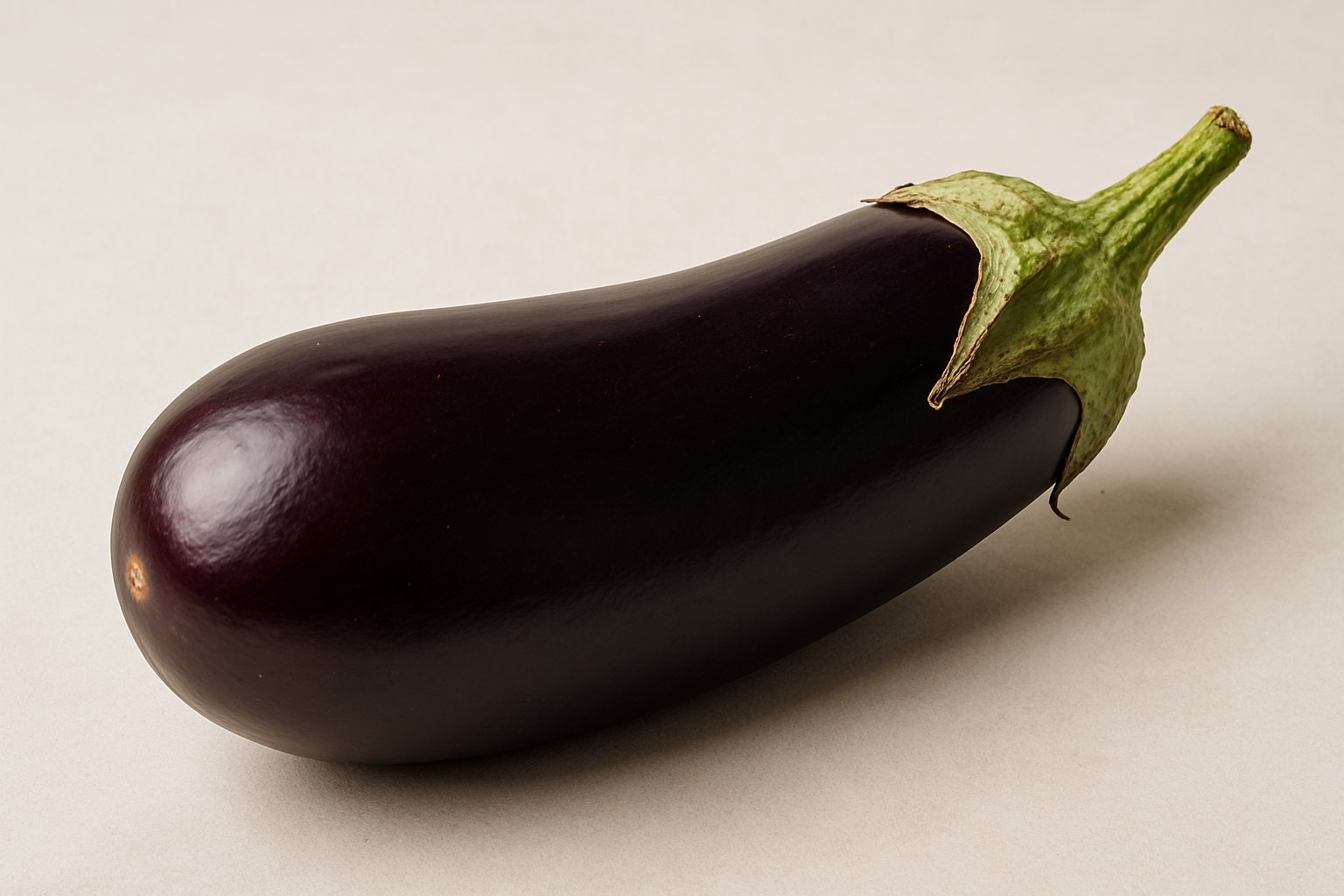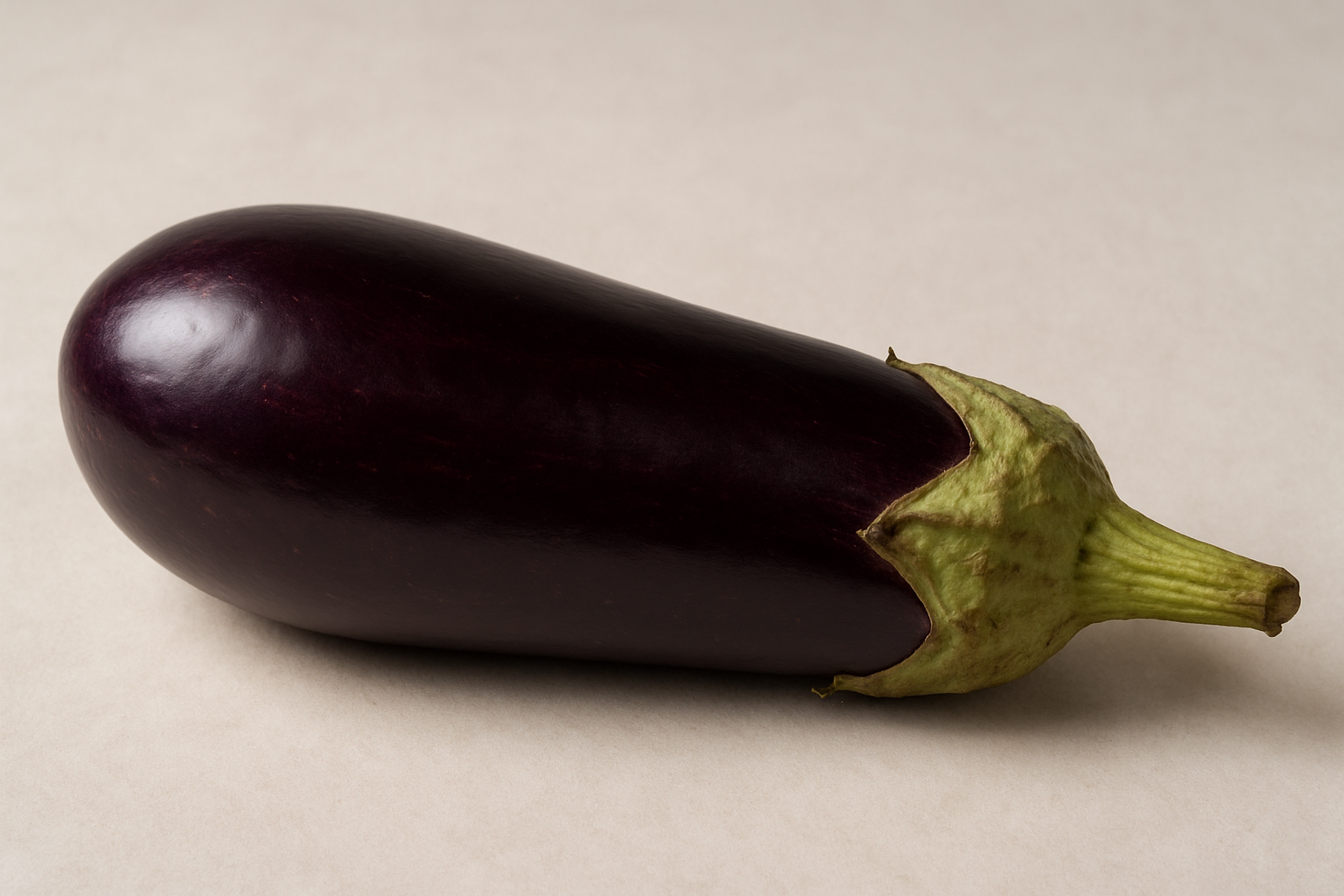Jelqing is a manual penis stretching exercise, often likened to "milking," aimed at increasing size through micro-tears in tissue. Despite its popularity, the technique lacks scientific backing and poses risks such as injury and irritation. Medical professionals generally advise against it, favoring safer, evidence-based alternatives.
In the realm of male enhancement, few topics spark as much debate and curiosity as jelqing. This controversial technique has gained notoriety for its purported ability to increase penis size through manual manipulation. Despite its widespread discussion, jelqing remains shrouded in skepticism, with many questioning its effectiveness and safety. This article aims to unravel the truth behind jelqing, exploring what it truly entails and why it continues to captivate interest.
Defining Jelqing
Jelqing is a manual penis stretching exercise, often described as a “milking” or massaging technique. The process involves using one’s hands to apply pressure and stretch the penis, with the goal of creating micro-tears in the tissue. Proponents of jelqing liken it to weightlifting, where similar micro-tears in muscle fibers are believed to lead to growth. However, this analogy is contentious, as the penis consists of smooth muscle and vascular tissue, which differ significantly from skeletal muscle in response to stress and repair.
The Purpose of This Exploration
This post seeks to provide a comprehensive understanding of jelqing, delving into its claimed benefits and the scientific and medical perspectives surrounding its use. While some individuals swear by the practice, citing anecdotal evidence of increased size, the medical community remains largely unconvinced. By examining the underlying mechanics of jelqing and the existing evidence, readers can make informed decisions about its potential role in male enhancement.
As we delve deeper into the intricacies of jelqing, it is crucial to approach the topic with a critical mind. The lack of scientific consensus and the potential risks associated with the practice warrant careful consideration. Through this exploration, we aim to shed light on the realities of jelqing, providing a balanced view that prioritizes safety and evidence-based information.
Exploring the Jelqing Technique
To truly understand jelqing, it’s essential to delve into the specifics of the technique itself. Jelqing typically begins with a semi-erect penis, as a full erection can increase the risk of injury. The process involves applying a lubricant to reduce friction, which is crucial for preventing skin irritation. Practitioners then form an “OK” sign with their thumb and index finger at the base of the penis. This grip is used to apply pressure while sliding the hand toward the head of the penis, ostensibly to stretch the tissue and promote growth.
The analogy often drawn between jelqing and weightlifting hinges on the concept of micro-tears. In weightlifting, these tears in muscle fibers are repaired by the body, leading to muscle growth. However, the penis comprises smooth muscle and vascular tissue, which do not respond to stress and repair in the same way as skeletal muscle. This fundamental difference raises questions about the validity of the weightlifting analogy and the effectiveness of jelqing as a method for penis enlargement.
Effectiveness and Scientific Scrutiny
Despite the detailed descriptions of the jelqing technique available online, the scientific community remains skeptical about its effectiveness. There is a notable lack of rigorous clinical evidence or peer-reviewed studies that support jelqing as a viable method for permanent penis enlargement. Most of the claims surrounding its benefits are anecdotal, often found in forums or personal testimonials rather than scientific literature.
Some research suggests that traction devices, which apply a consistent stretch to the penis over time, may offer limited benefits for certain medical conditions, such as Peyronie’s disease. However, these devices are not specifically endorsed for significant size increases, and their effectiveness in this regard is still under question. In contrast, jelqing lacks even this minimal level of scientific validation, making its purported benefits highly speculative.
Potential Risks and Side Effects
The risks associated with jelqing are an important consideration for anyone contemplating this technique. Improper or overly aggressive jelqing can lead to a range of adverse effects, including penile injury, pain, and irritation. More severe complications can include fibrosis, plaque formation, and the potential for exacerbating or even causing Peyronie’s disease, a condition characterized by the development of fibrous scar tissue inside the penis.
Health organizations and medical professionals generally advise against jelqing due to these risks. The potential for harm, combined with the lack of proven benefits, underscores the importance of caution. Those considering jelqing are encouraged to consult with a healthcare provider to discuss safer alternatives and to better understand the implications of manual penis stretching exercises.
Conclusion
In summary, while jelqing is often touted as a method for increasing penis size, the lack of scientific support and the potential for significant side effects make it a controversial practice. The differences in tissue types between the penis and skeletal muscle challenge the validity of the weightlifting analogy that underpins the theory behind jelqing. Without high-quality clinical trials and medical endorsement, the practice remains speculative at best.
As we continue to explore the landscape of male enhancement techniques, it is crucial to prioritize safety and evidence-based approaches. Consulting with medical professionals and relying on clinically registered devices can provide more reliable and safer alternatives for those seeking enhancement solutions. Ultimately, informed decision-making and a cautious approach are key to navigating the complex world of male enhancement practices.
As we delve deeper into the topic of jelqing, it’s important to consider the perspectives of medical professionals and the scientific community. The overarching consensus among experts is one of caution and skepticism. While the technique of jelqing is widely discussed online, it has not undergone rigorous clinical testing. This lack of high-quality, controlled clinical trials means that medical professionals are hesitant to endorse jelqing as a safe or effective method for penis enlargement.
Medical and Expert Opinions on Jelqing
Medical reviews and urologists often emphasize the absence of scientific evidence supporting jelqing. The technique’s reliance on creating micro-tears in the penile tissue is a point of contention, particularly because the penis is composed of smooth muscle and vascular tissue, which do not respond to stress in the same way as skeletal muscle. This fundamental difference challenges the analogy between jelqing and muscle growth through weightlifting.
Experts also highlight the potential risks associated with jelqing. These risks include penile injury, pain, irritation, and the development of fibrosis or plaque, which can lead to conditions such as Peyronie’s disease. Given these potential side effects, health organizations and medical professionals generally advise against attempting jelqing. Instead, they recommend consulting with healthcare providers to explore safer, evidence-based alternatives for male enhancement.
Conclusion: Informed Decision-Making and Safe Practices
In conclusion, while jelqing is often promoted as a method for increasing penis size, its lack of proven effectiveness and the potential for significant side effects make it a controversial practice. The differences in tissue types between the penis and skeletal muscle further complicate the validity of the weightlifting analogy that underpins the theory behind jelqing. Without high-quality clinical trials and medical endorsement, the practice remains speculative at best.
For those considering male enhancement techniques, it is crucial to prioritize safety and rely on evidence-based approaches. Consulting with medical professionals and considering clinically registered devices can provide more reliable and safer alternatives. Ultimately, informed decision-making and a cautious approach are key to navigating the complex world of male enhancement practices.
Frequently Asked Questions
What is jelqing?
Jelqing is a manual penis stretching exercise aimed at increasing size through creating micro-tears in tissue. It involves using one’s hands to apply pressure and stretch the penis, often compared to a “milking” technique.
Does jelqing actually work?
There is no scientific evidence to support jelqing as an effective method for permanent enlargement. Most claims about its effectiveness are anecdotal and lack rigorous clinical validation.
Is jelqing safe?
Jelqing carries risks such as injury, irritation, and the potential for conditions like Peyronie’s disease. Medical professionals generally advise against it due to these possible adverse effects.
Are there safer alternatives to jelqing?
Yes, traction devices with clinical registration are considered safer and may offer benefits for certain medical conditions, though not necessarily for size increase. Always consult a healthcare provider for advice on safe options.




